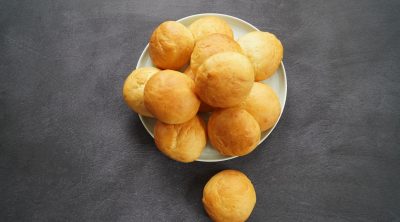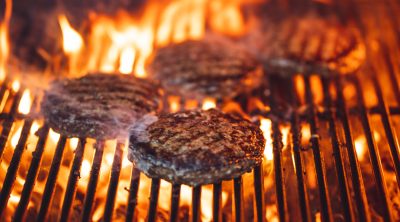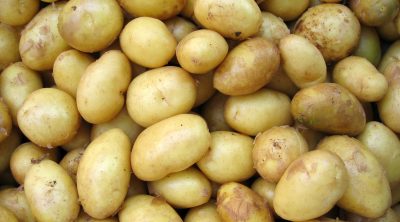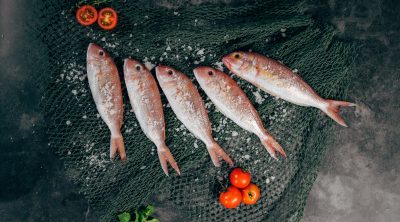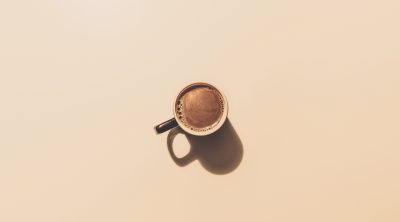Rhubarb is the mystery of all vegetables. Commonly mistaken for a fruit, this celery-like perennial plant has lots to offer. Its purple-red stalk is the basis for many favorite recipes and little known health benefits, while its leaves and roots have the capacity to poison humans and animals alike.
Most famously in the United States, rhubarb is a key player in the creation of strawberry rhubarb pies.
The Origins of Rhubarb
Rhubarb got its start in Ancient China around 2700 BC. Utilized for medicinal purposes, namely as an anti-inflammatory and digestive agent, the vegetable was quite popular.
The Chinese respected the perennial’s nutritional value immensely. It made its way to the United States in the 1730s and began turning heads on a new continent.
What Does Rhubarb Taste Like?
Rhubarb is famous for its completely distinctive taste. There are a million descriptions of the way rhubarb tastes.
Typically, it comes across as sour, though different from a citrus fruit, like lemon or lime. The sour quality can be almost bitter, depending on the particular plant.
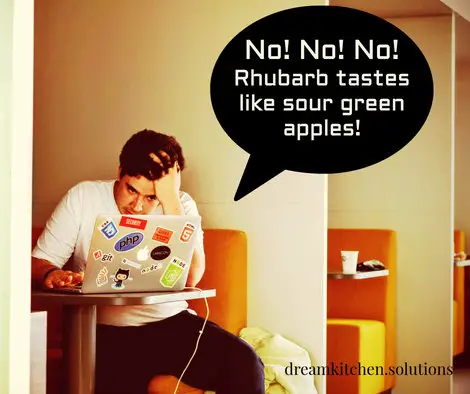
Feedback also ranges based on who you talk to and which particular plant is being tasted. Its uniquely sour appeal lends itself well to being coated in sugar and to baking.
Rhubarb Nutrition
Health Benefits of Rhubarb
This super-vegetable is full of health benefits and nutritional value. Since it’s made up of about ninety five percent water and includes very few calories, it can be considered one of the healthiest snacks around all by itself. In this regard, rhubarb can aid with weight loss and hydration.
The Vitamin K and calcium it packs help to increase bone density and prevent or delay osteoporosis.
Further, rhubarb has been known to delay or prevent Alzheimer’s disease. As an anti-inflammatory (just like in Ancient China), rhubarb helps to reduce the risk of cardiovascular disease. It even stimulates the production of red blood cells.
Truly a super food, rhubarb makes dessert look even more appealing.
Is it Safe to Eat Rhubarb?
The stalk of the rhubarb plant is completely safe to eat; the leaves and roots are not. The latter two sections possess high quantities of oxalic acid, which is poisonous to both humans and animals.
As long as leaves and roots are cut off and disposed of, the stalk is completely safe to eat. (Unfortunately, you can’t get away with using Max as a garbage disposal while you’re prepping this one.)
Beyond that, some people prefer to leave the stalks unpeeled to retain all possible nutritional value, while some prefer to peel them for a different texture.
If you choose to peel the stalks, simply use a knife to peel in strips from one end to the other.
Nutritional Value
Rhubarb includes vitamins B, C, and K, along with dietary fiber, and it’s a source of calcium. It’s also packed with minerals like zeaxanthin, manganese, potassium, magnesium, beta-carotene, and lutein. It’s low in cholesterol and fat, too.
Really, it’s right up there with acai berries as a superfood. The fiber explains its use as a digestive aid in Ancient China. Potassium means rhubarb even qualifies as a pre-workout snack.
It helps to prevent muscle cramps, hydrates, and contains few enough calories to prevent nausea during the exercise.
How Many Calories are in Rhubarb?
There are 21 calories in 100 grams of rhubarb, and about 444 calories in a slice of rhubarb pie.
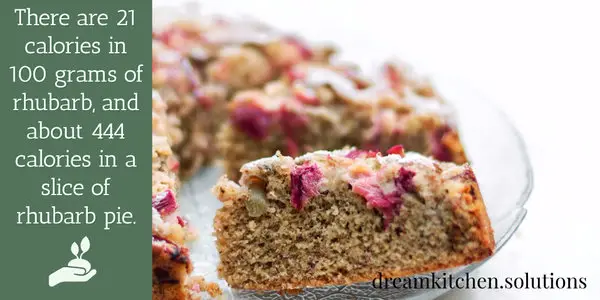
Cooking Rhubarb
How Do You Prepare Rhubarb?
To cook with rhubarb, roots and leaves should be discarded. After being trimmed and washed to ensure there is no residual dirt, it may be peeled or left unpeeled.
The veggie can then be diced, chopped, grated, or treated however your recipe indicates it should be. The wide variety of ways to eat rhubarb necessitates an equally diverse variety of preparation methods.
A variety of knives, cutting board, and grater are all tools to consider having on hand when you’re cooking with rhubarb.
How to Eat Rhubarb
Rhubarb is the jack-of-all-trades of vegetables; it can be used in a wide variety of recipes. Plain, raw, rhubarb is a personal favorite, while others prefer it dipped in sugar.
Why mess with a great thing? For the more sophisticated, cocktails are a staple. The sourness of rhubarb combines particularly well with mint and alcohol. Mojitos and margaritas are popular, as well as rhubarb-infused vodka. (You can even brag about the added health benefits at your next cocktail party.)
Rhubarb ketchup is beginning to hit the scene. An improvement on basic tomato ketchup, this condiment features a little more tang. Pickled rhubarb is a fun alternative to cucumber pickles with a little added zip, while rhubarb vinaigrette upgrades a salad from status quo to status: woah.
Both ketchup and pickled styles are great opportunities to spice up a barbeque or potluck.
Lastly but certainly not least are desserts. Famous strawberry rhubarb pie is a well-loved classic. However, rhubarb crisp, muffins, bars, and breads are certainly not to be left out.
Bakers love how well the vegetable combines with other ingredients to break up the richness of crusts and doughs. (Then again, what isn’t a good addition to butter and carbs? You’ve got to love desserts.)
Rhubarb for Gardeners
What Does It Take To Produce Rhubarb?
Rhubarb is fairly hardy; it will grow in most environments that stay below seventy seven degrees Fahrenheit. It also prefers slightly acidic to neutral soil.
Other than that, it’s a pretty low maintenance plant. If any flowers start to bloom before the stems are ripe, go ahead and prune them off. This is called bolting, and might reduce the health of growing stems. The flowers take away nutrients from the rest of the plant.
As you watch your rhubarb grow, be sure to resist the temptation to pick it before it’s ripe!
When Is Rhubarb Ripe For Harvesting?
Picking time depends on the type of soil and the sort of rhubarb. Generally, if the gardener has the same slightly acidic soil that rhubarb prefers, it will grow faster than it would otherwise.
The plant is ready to pick when it’s between ten and sixteen inches long, regardless of color or speed of growth.

Summary
Truly, rhubarb is a superfood. Veiled with mystery, this commonly misunderstood vegetable is packed with health benefits, busting with cooking potential, relatively easy to grow, and fabulous on the palate.
Take a visit to your local grocery store and try out a new recipe or two!

